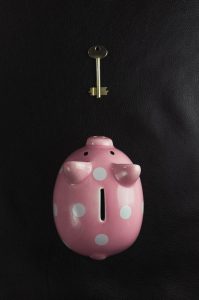Forex trading is a rewarding and risky business. It is essential to minimize losses and maximize profits. One way to do this is by placing a stop-loss order. A stop-loss order is an order placed with a broker to sell a security when it reaches a particular price. It is a risk management tool that helps traders minimize their losses when the market moves against their positions. In this article, we will explain how to place a stop-loss order on a forex trade.
1. Understand the importance of a stop-loss order
Before we dive into how to place a stop-loss order, it is crucial to understand the importance of having one. A stop-loss order helps traders to limit their losses in case the market moves against their position. Without a stop-loss order, traders can lose a substantial amount of money if the market suddenly moves against their position. Therefore, having a stop-loss order in place is essential for risk management and can help traders minimize their losses.
2. Decide on the stop-loss level
The stop-loss level is the price at which traders want their position to be closed if the market moves against them. To determine the stop-loss level, traders need to analyze the market and identify the support and resistance levels. These levels can help traders to determine the level at which they want to place their stop-loss order. The stop-loss level should be placed below the support level or above the resistance level, depending on whether the trader is buying or selling.
3. Place the trade
Once the stop-loss level has been decided, traders can place their trade. To do this, traders need to choose the currency pair they want to trade, the lot size, and the direction of the trade (buy or sell). Traders can also set their entry and exit points, but it is essential to have a stop-loss order in place.
4. Enter the stop-loss order
After placing the trade, traders need to enter the stop-loss order. To do this, traders need to select the open position on their trading platform and click on the stop-loss button. Traders can then enter the stop-loss level they have decided on.
5. Monitor the trade
Once the stop-loss order has been entered, traders need to monitor their trade. If the market moves against their position and reaches the stop-loss level, the position will be automatically closed. It is essential to monitor the trade to ensure that the stop-loss order is still valid and to adjust it if necessary.
In conclusion, placing a stop-loss order on a forex trade is a crucial part of risk management. It helps traders to limit their losses and maximize their profits. To place a stop-loss order, traders need to understand the importance of having one, decide on the stop-loss level, place the trade, enter the stop-loss order, and monitor the trade. By following these steps, traders can minimize their losses and become successful forex traders.





